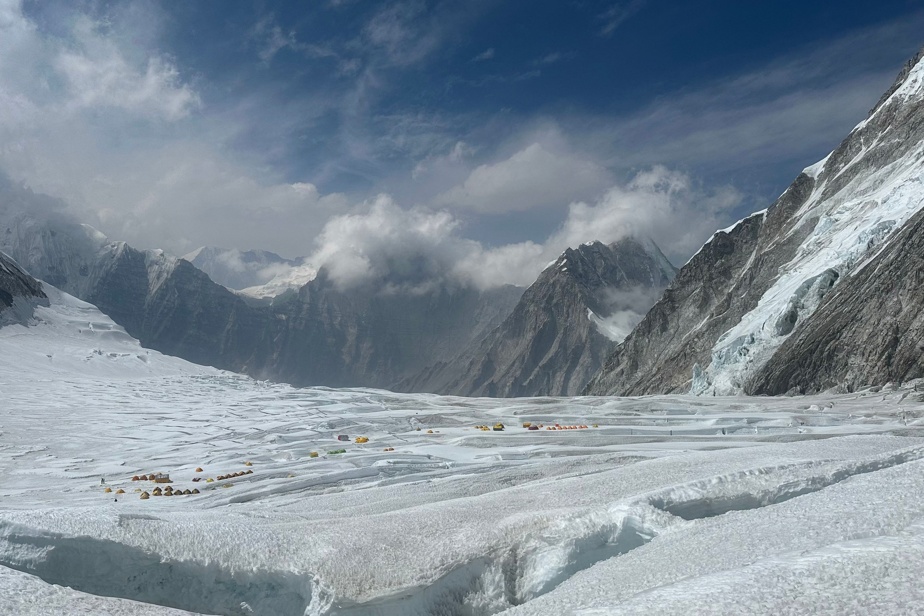(Kathmandu) More than 600 foreign and Nepalese climbers have already reached the summit of Everest since April, when the climbing season begins which lasts until the beginning of June.
In spring, when temperatures are mild and winds generally lower, hundreds of climbers flock to Nepal, home to eight of the world’s 14 highest peaks.
Ultra-experienced Sherpas are the first, each year, to reach the summit of Everest, opening a safe circuit.
Nepal’s multimillion-dollar mountaineering industry relies on the experience of Sherpas, Nepalese mountaineers who serve as guides. They pay a heavy price to accompany foreign climbers every year. A third of the deaths on Everest are Nepalese guides.
Nepal has issued more than 900 permits to climb its mountains this year – including 419 for Everest – to foreign mountaineers who, for the most part, climb accompanied by a Nepalese guide.
“It has always been crowded (on the days when it is possible to reach the summit of Everest). But today we have cell phones and technology in our hands, so people can see this on social media and say there are traffic jams,” points out Phunjo Sherpa, a mountaineer.
In 2023, more than 600 climbers reached the summit of Everest, a year marked by a disastrous record of 18 deaths.
At least seven climbers have died this year.
Two Kenyan and Nepalese climbers died near the summit of Everest, the Nepalese Tourism Department announced on Thursday last week.
Contact with Kenyan Joshua Cheruiyot Kirui, 40, and his Nepalese guide Nawang Sherpa, 44, was lost on Wednesday morning in Everest peaking at 8,849 meters.
Another Nepalese climber, Binod Babu Bastakoti, 37, died on Wednesday at around 8,200 meters, the Tourism Department added in a statement.
On Monday, Romanian mountaineer Gabriel Viorel Tabara was found dead in his tent on Lhotse, the fourth highest mountain in the world.
